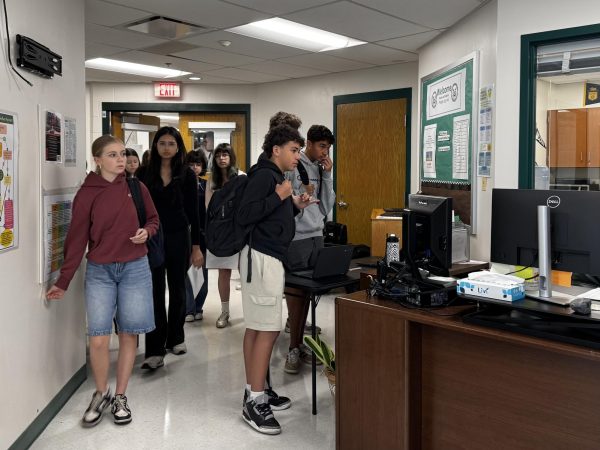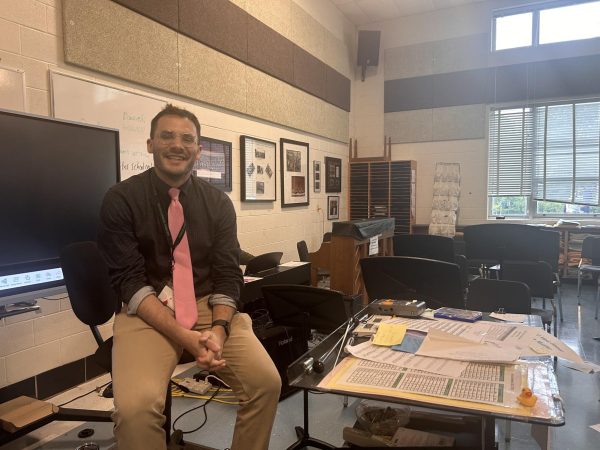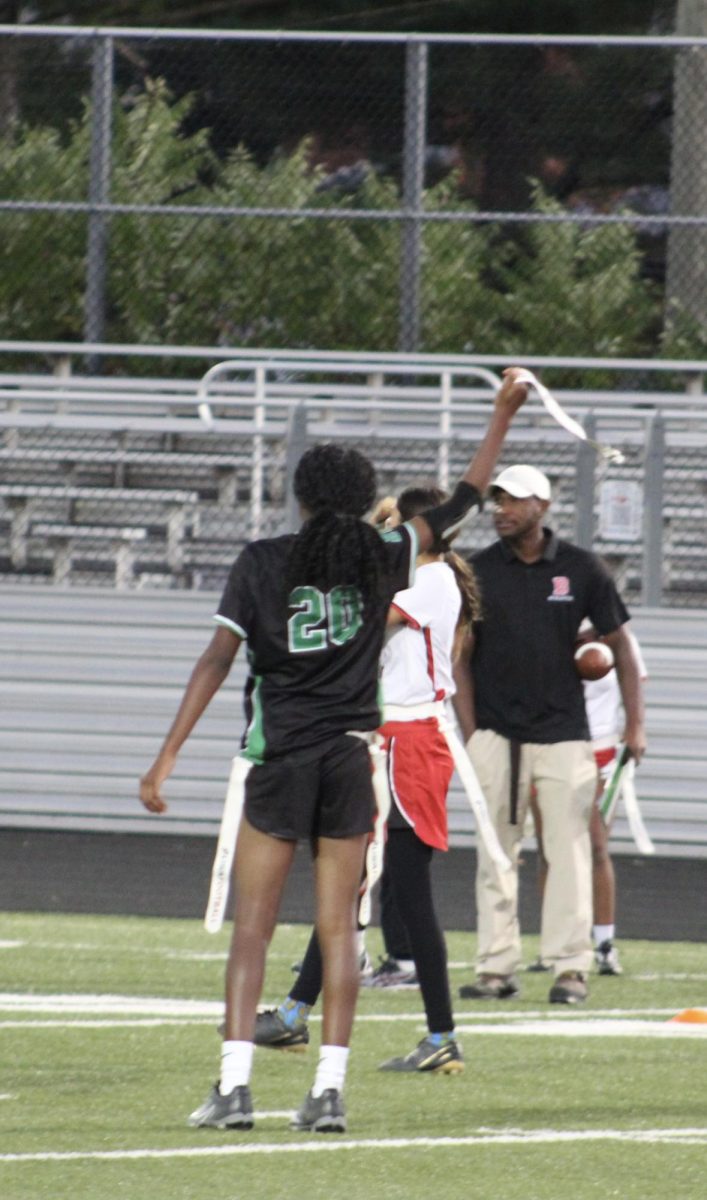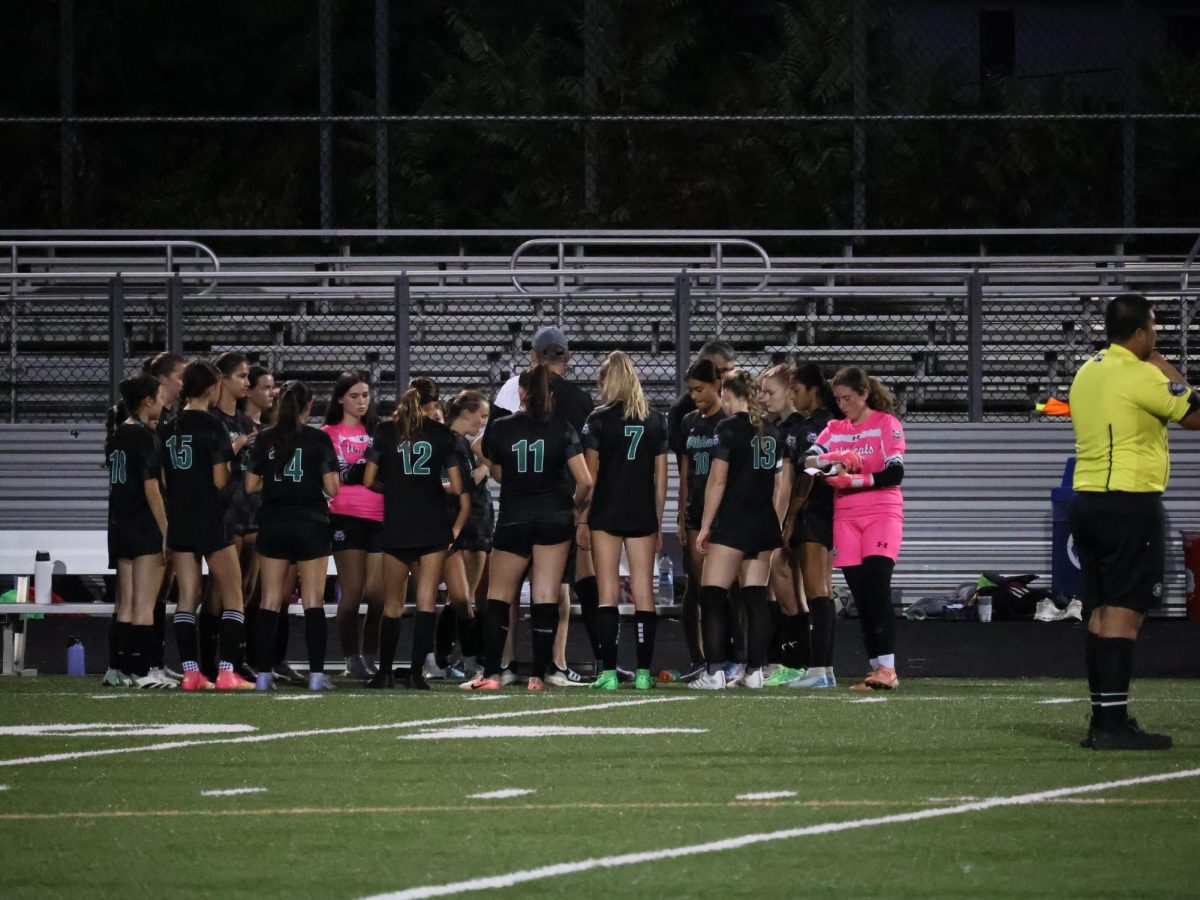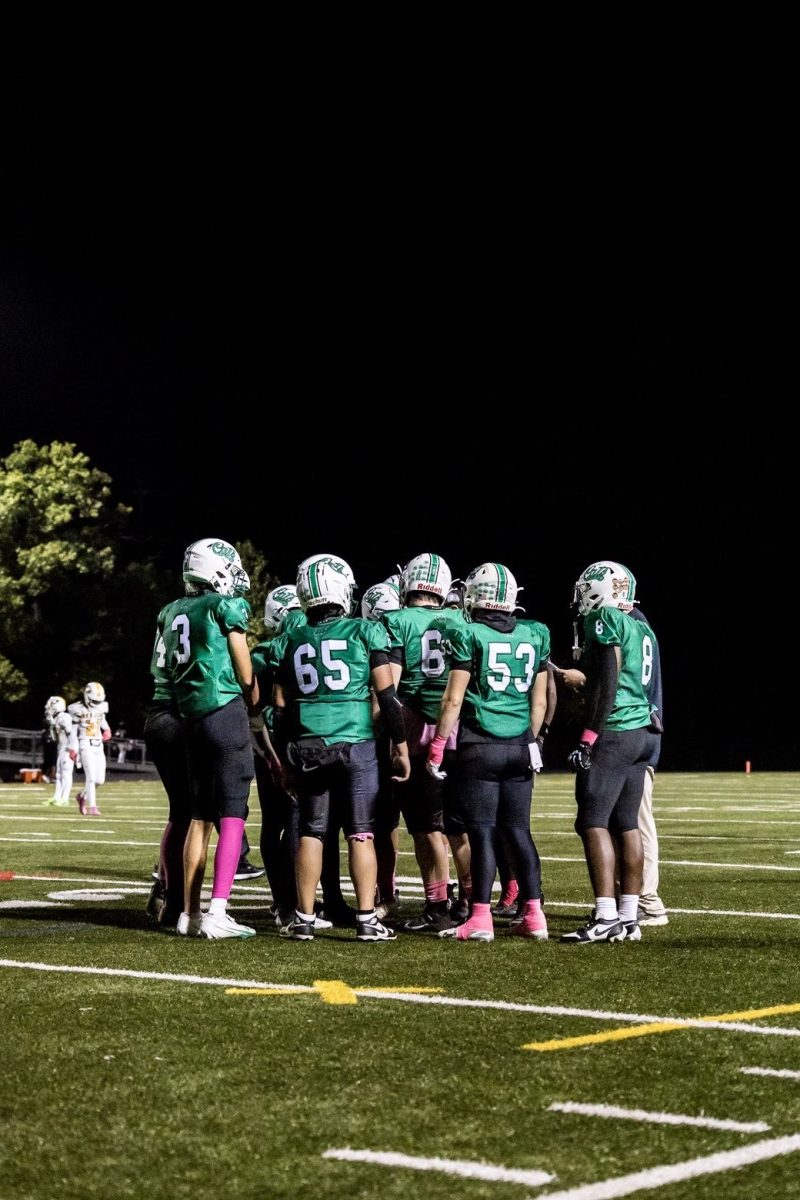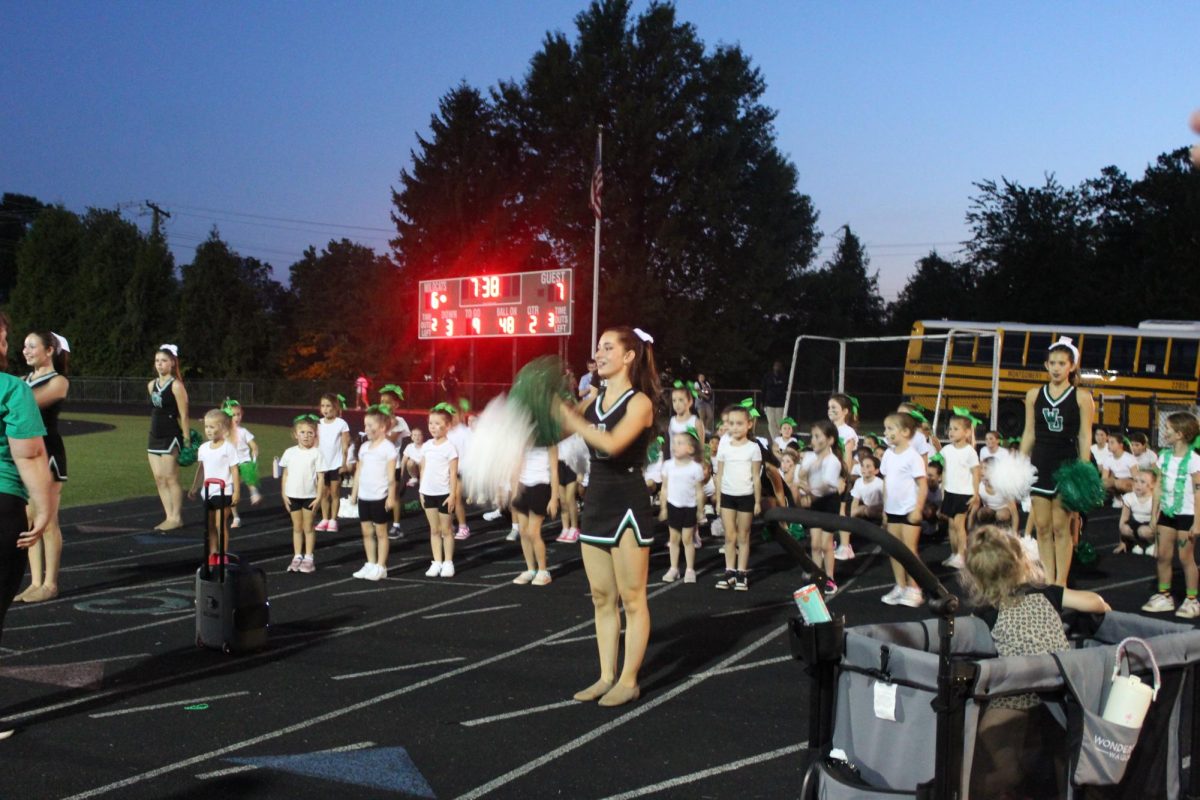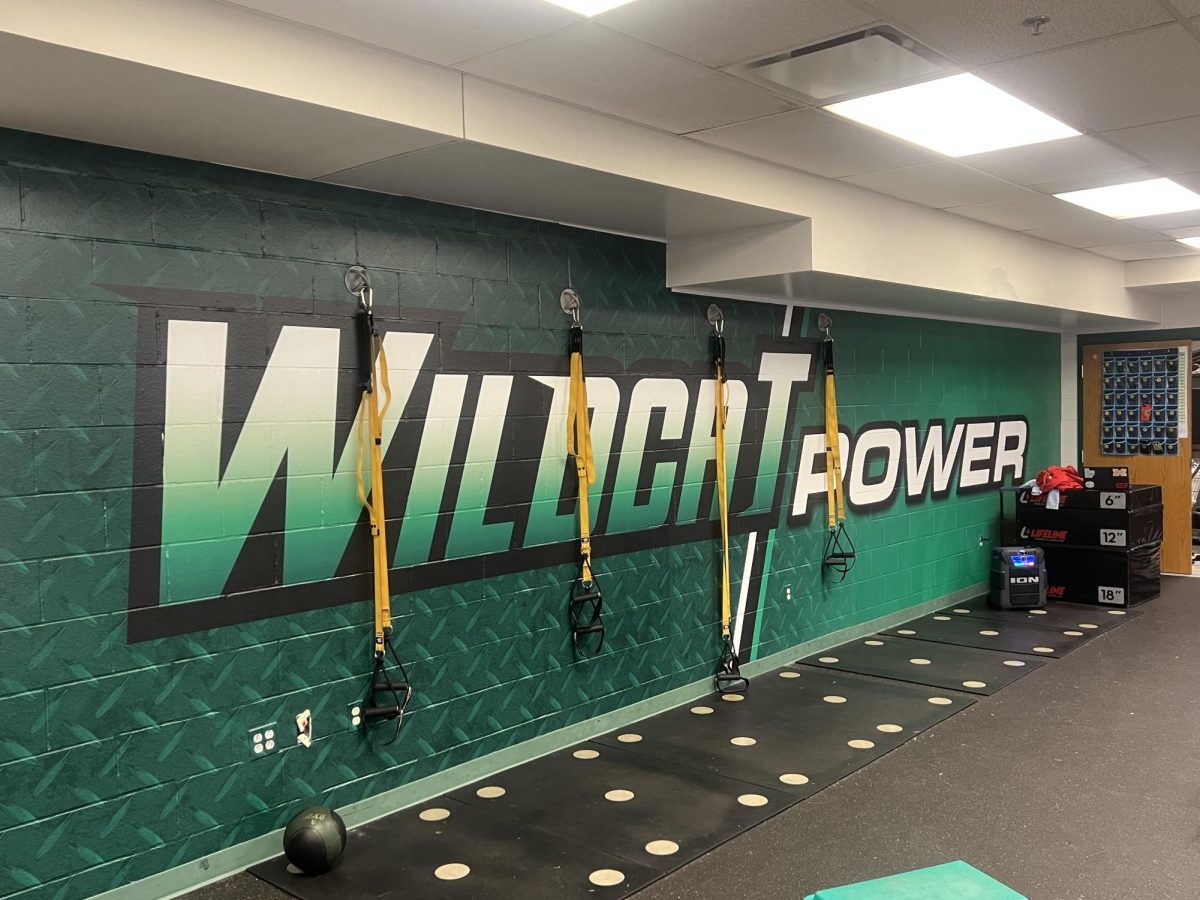Pit orchestra is key to S*T*A*G*E productions
May 12, 2015
The house lights go down. The stage lights come on. The music starts playing, and the first cast members enter the spotlight to perform their parts. During S*T*A*G*E productions at WJ, the audience may tend to fixate on the superb acting that is occurring before their very eyes on the auditorium stage. But another very important part of each S*T*A*G*E production is the pit orchestra. Without the pit orchestra, S*T*A*G*E productions would probably rely on pre-recorded music, as opposed to the live music that is performed during the spring musicals.
“[Live music] makes the performance less canned and allows for mistakes and improvisation,” said senior and pit orchestra member Garrett Mader.
Junior and pit orchestra member Barbara Benowitz said that with pre-recorded music, there is no life and no opportunity to give the music a spirit of its own.
“Many songs and measures of music were cut last minute. A pre-recorded tape would not be sufficient for changes. Also, there is something so beautiful and special about performing the music yourself,” Benowitz added.
The opportunity to perform as part of the pit orchestra is limited to those music students who are enrolled in symphonic orchestra, wind ensemble or jazz ensemble, and who are interested and able to attend all rehearsals and shows. While Benowitz acknowledged that pit orchestra is a big time commitment, she said that it is an amazing experience.
“When I’m down there, I feel pretty special because the play wouldn’t happen without us,” she said.
In order for the pit orchestra to help S*T*A*G*E bring the play to life, the orchestra practices for four hours twice a week during the buildup to the opening night. However, the week before opening night, practice ends anywhere from 9:30 p.m. to 10 p.m. each night. This grueling schedule helps the orchestra members rehearse, rehearse and then rehearse some more in preparation for the play.
“You have to give your all if the show is [going to] feel good. There are too many moving parts, so to speak, for anyone to not give it [their] all,” Mader said.
Music teacher and pit orchestra conductor Christopher Kosmaceski said that live music adds value and flexibility to the production.
“Live music in any genre is best. In theatre it provides more interaction with the cast, crew and audience,” Kosmaceski said.
In the end, all of the pit orchestra’s hard work definitely paid off this April when the curtain rose and S*T*A*G*E’s production of “Shrek the Musical” began.



